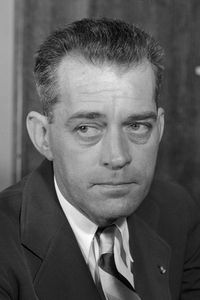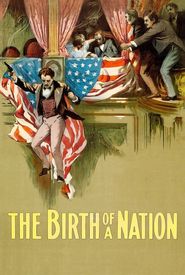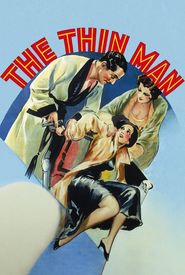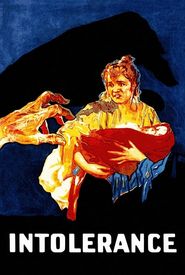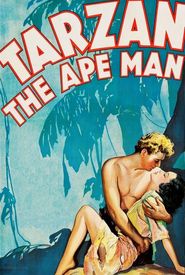Woodbridge Strong Van Dyke, affectionately known as "One-Take Woody," dedicated his 25-year career to efficiently directing over 90 diverse entertainments, saving studios vast amounts of money and creating some of the most interesting motion pictures of his time.
Born with his father passing away just days after his birth, Van Dyke and his mother had to rely on repertory theatre to make a living. He worked various outdoor jobs, including lumberjack, gold prospector, and mercenary, before being hired by D.W. Griffith in 1916 as one of his assistants. Within a year, Van Dyke was directing his own films, starting with "The Land of Long Shadows" in 1917.
After enlisting in World War I, Van Dyke returned to Hollywood in the 1920s to direct westerns, including features for Gilbert M. 'Broncho Billy' Anderson and Tim McCoy. He was one of the first filmmakers to portray the American Indian in a more sympathetic light on screen.
The nickname "One-Take Woody" originated from filming Jack Dempsey in "Daredevil Jack" (1920),as Dempsey would often knock out his opponents with the first punch. This led to Van Dyke being in high demand for "quota quickie" westerns and serials.
Under contract to MGM in 1928, Van Dyke collaborated with Robert J. Flaherty on "White Shadows in the South Seas" (1928) and later directed "The Pagan" (1929) and "Trader Horn" (1931),which required extensive location filming in Kenya and Tanganyika. The success of "Trader Horn" led to the production of "Tarzan the Ape Man" (1932),which set the bar for later Tarzan films.
Van Dyke's versatility shone through in the following years, as he directed a range of films, including "The Prizefighter and the Lady" (1933),"Manhattan Melodrama" (1934),"The Thin Man" (1934),and its sequels, as well as the operettas "Rose-Marie" (1936),"Sweethearts" (1938),and "Naughty Marietta" (1935).
Van Dyke's most notable achievement was the disaster film "San Francisco" (1936),which recreated the 1906 earthquake in a realistic and groundbreaking manner. He was nominated for Academy Awards for "The Thin Man" and "San Francisco" but lost both times.
Throughout his career, Van Dyke was known for his "shoot-from-the-hip" camera style, which was sometimes criticized by his peers but respected by actors and appreciated by the studios. He was also a "film doctor" who would re-shoot individual scenes or add additional scenes to meet the studios' demands.
Unfortunately, Van Dyke's life was cut short when he died from heart disease and cancer in February 1943, during the filming of "Dragon Seed" (1944).
